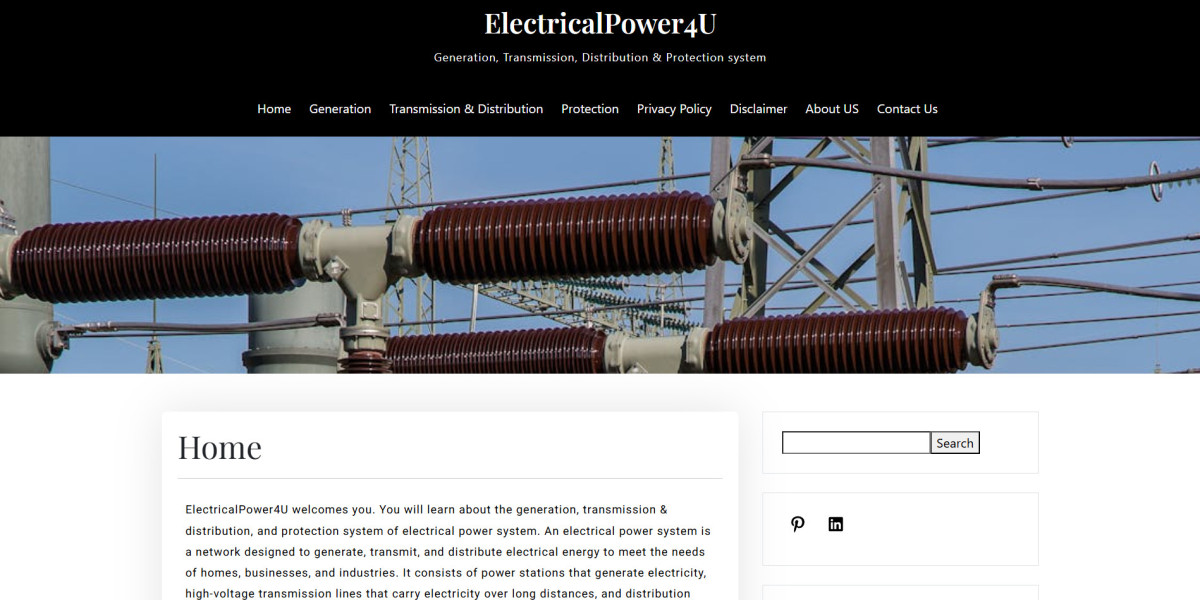Understanding Earth Fault Protection: Importance and Mechanisms
Earth fault protection is a crucial aspect of electrical safety, designed to safeguard electrical systems from potential faults that could cause dangerous situations such as electrocution, fire, or equipment damage. This protective measure detects faults that occur when a live conductor comes into contact with the ground, creating a hazardous path for the current. Earth fault protection systems help in identifying and isolating these faults, minimizing damage and ensuring the safety of both equipment and personnel.
What is Earth Fault Protection?
Earth fault protection refers to a system designed to detect and isolate faults where a live electrical conductor (typically neutral or phase) comes into contact with the ground or earth. These faults are often caused by insulation breakdown, water ingress, physical damage, or aging of electrical cables. When such a fault occurs, the current flows through the ground, potentially causing severe consequences, including electric shock to humans, fire hazards, or equipment malfunctions.
Earth fault protection works by continuously monitoring the system for abnormal conditions and triggering the protective devices to disconnect faulty parts of the circuit as soon as a fault is detected. It is typically implemented in both low and high-voltage electrical systems to enhance operational safety and prevent catastrophic outcomes.
How Does Earth Fault Protection Work?
The core function of earth fault protection is to detect any unbalanced condition in the system that occurs when current flows through the earth, often due to a fault. The process generally involves several steps:
1. Detection of Earth Faults
The protection system typically uses an earth fault relay, a device that monitors the current in the system. The relay detects an imbalance between the phase currents (live conductors) and the neutral current. When an earth fault occurs, the current path is altered, and the relay detects this unbalance. The relay is designed to trip or activate the circuit breaker, which disconnects the faulty section from the rest of the system.
In some systems, a current transformer (CT) may be used to sense the leakage current that occurs when a fault takes place. When the CT detects the fault current, it triggers the protection mechanism.
2. Fault Isolation
Once an earth fault is detected, the system must isolate the faulty section to prevent further damage. This is accomplished by disconnecting the affected circuit from the rest of the network. A protective relay sends a signal to a circuit breaker, which opens the circuit and stops the current flow to the faulted area. This quick action prevents the fault from escalating and reduces the risk of damage to equipment and personnel.
3. Types of Earth Fault Protection Schemes
Depending on the nature of the electrical system and the desired protection level, different schemes can be used for earth fault protection. Some common methods include:
1. Solidly Grounded Systems
In a solidly grounded system, the neutral point of the transformer or generator is directly connected to the ground. This type of system typically uses earth fault protection to detect the flow of current through the earth path in the event of a fault. Solidly grounded systems are common in low-voltage circuits and are simpler to implement, but they require quick fault detection and isolation mechanisms.
2. Resistance Grounded Systems
In a resistance grounded system, a resistor is placed between the neutral point and the ground. This limits the fault current during an earth fault and minimizes the risk of equipment damage. Resistance grounding is often used in industrial applications, where high current levels could cause serious damage. Earth fault protection in these systems typically detects leakage currents or low fault currents and triggers appropriate actions.
3. Ungrounded Systems
Ungrounded systems do not have a direct connection between the neutral point and earth. These systems can be more challenging to protect because there is no obvious path for fault currents to follow. Earth fault protection in ungrounded systems typically relies on detecting the presence of stray or leakage currents and alerting operators to potential problems before they escalate.
Applications of Earth Fault Protection
Earth fault protection is widely used across various industries and electrical applications. Its main purpose is to ensure the safety of electrical installations by quickly identifying fault conditions and preventing them from causing harm. Below are some of the key areas where earth fault protection is essential:
1. Power Distribution Systems
In power distribution networks, earth fault protection is crucial for preventing electrical hazards that could disrupt the supply of electricity. Power stations, transformers, and substations are equipped with earth fault relays to ensure that any earth faults are detected and isolated promptly. This minimizes damage to critical infrastructure and improves the reliability of the power supply.
2. Industrial Installations
Manufacturing plants, industrial facilities, and large commercial buildings rely on earth fault protection to prevent electrical accidents. These installations often involve high-power machinery and equipment, making them particularly vulnerable to the dangers of earth faults. Earth fault protection helps safeguard both the electrical system and the workers who operate or maintain the equipment.
3. Renewable Energy Systems
With the growing adoption of renewable energy sources such as solar and wind power, earth fault protection plays an increasingly important role in these systems. Solar panel installations, inverters, and wind turbines can be exposed to earth fault conditions, and protection systems are necessary to quickly detect faults and prevent the risk of fire or electrical shock.
4. Residential Buildings
Although not as complex as industrial or commercial systems, residential electrical installations also benefit from earth fault protection. Ground fault circuit interrupters (GFCIs) are commonly used in homes to protect individuals from electric shock. These devices monitor the current and disconnect the power supply if an earth fault is detected, providing vital protection in wet areas such as bathrooms and kitchens.
Challenges in Earth Fault Protection
While earth fault protection is a critical safety measure, there are challenges that can affect its effectiveness:
- System Complexity: In large and complex electrical networks, detecting and isolating earth faults can be more difficult. Multiple fault conditions or ground loops may cause inaccurate readings or delayed responses.
- False Alarms: If not properly calibrated, earth fault protection devices can trigger false alarms, causing unnecessary disruptions to service or operations.
- Maintenance and Testing: Earth fault protection systems require regular maintenance and testing to ensure they operate correctly. Failure to do so can result in undetected faults or delayed isolation.



